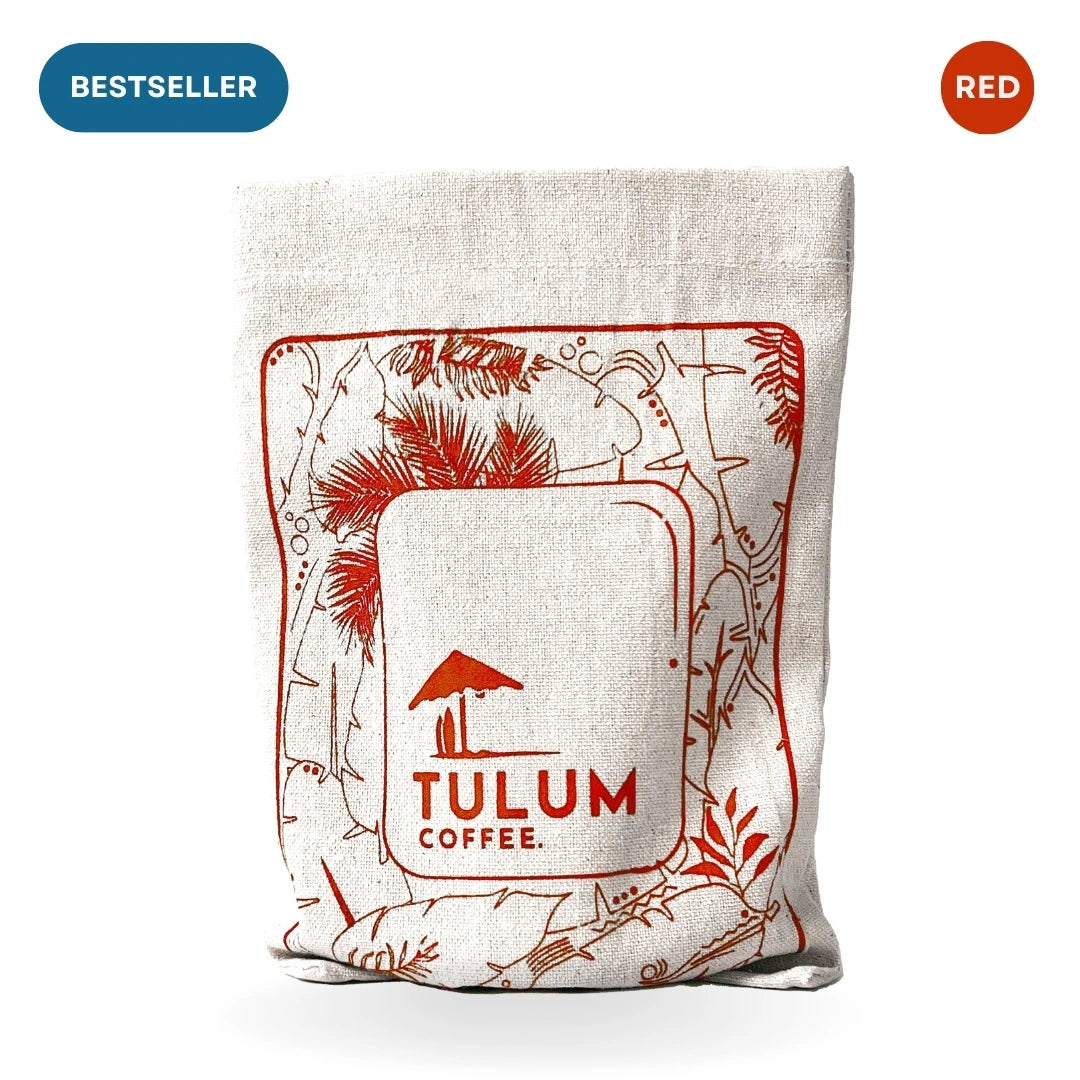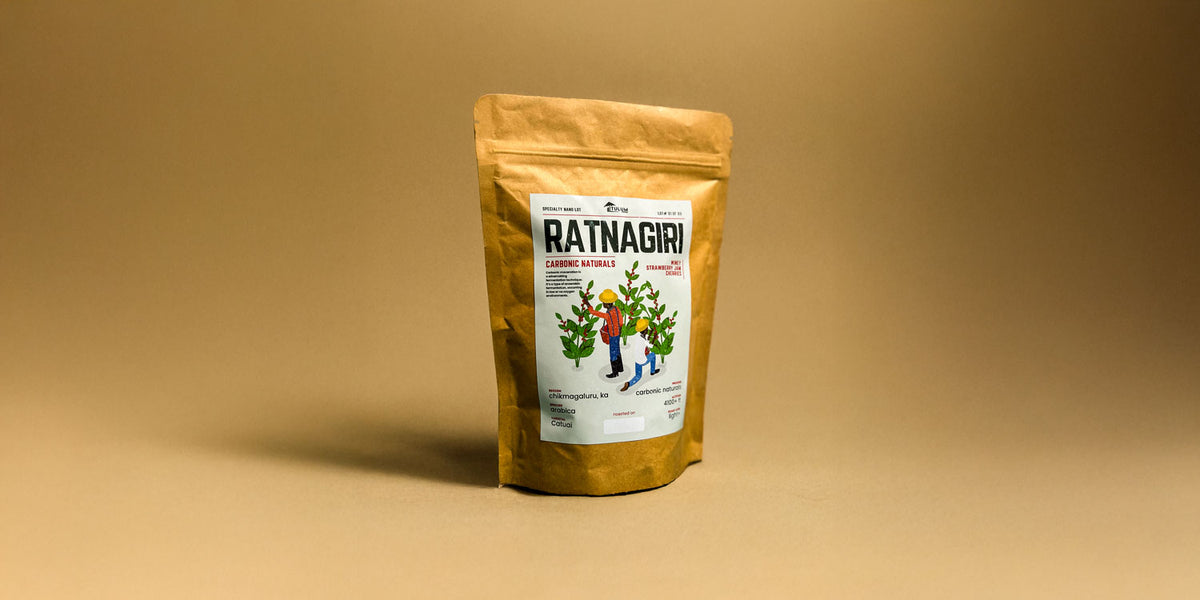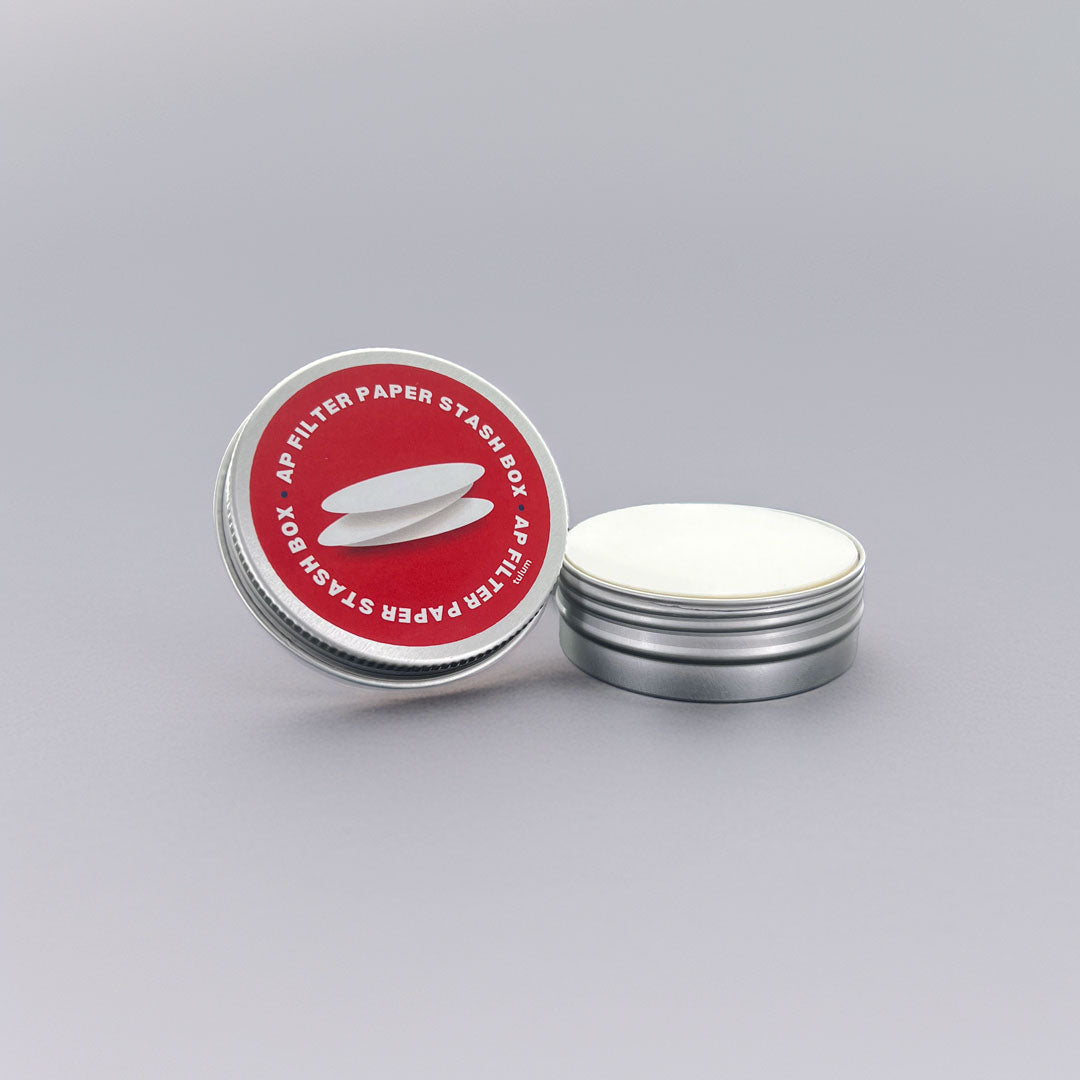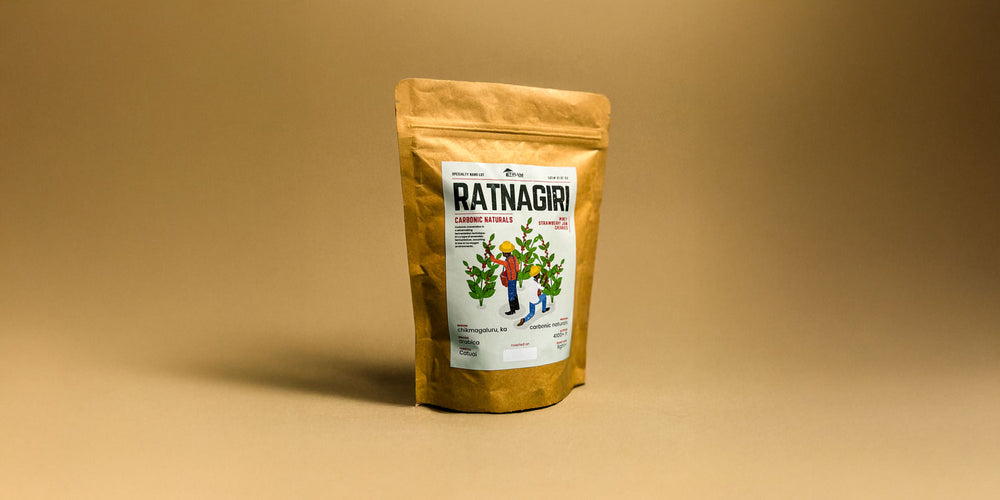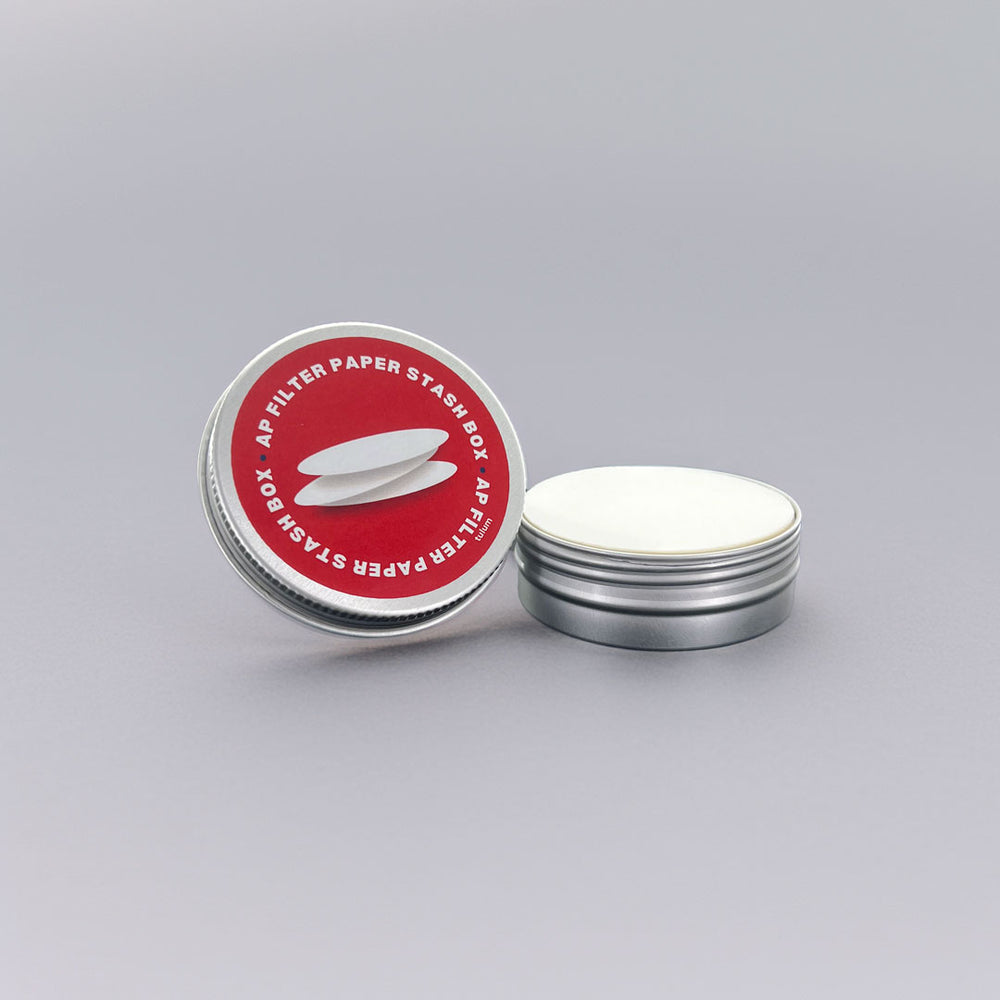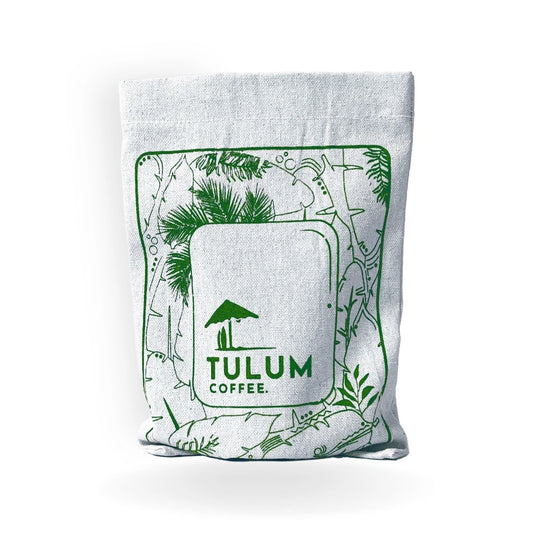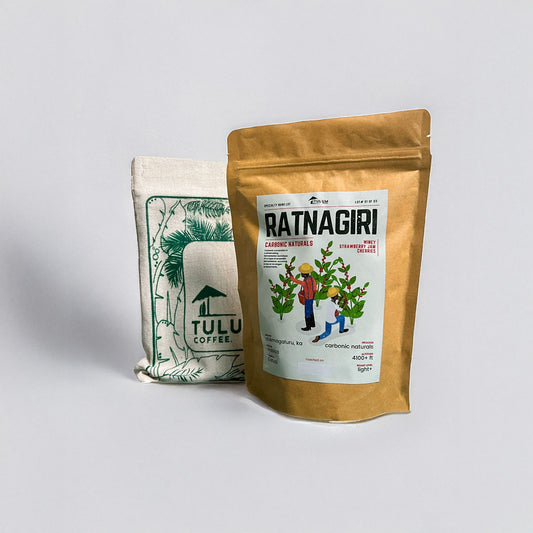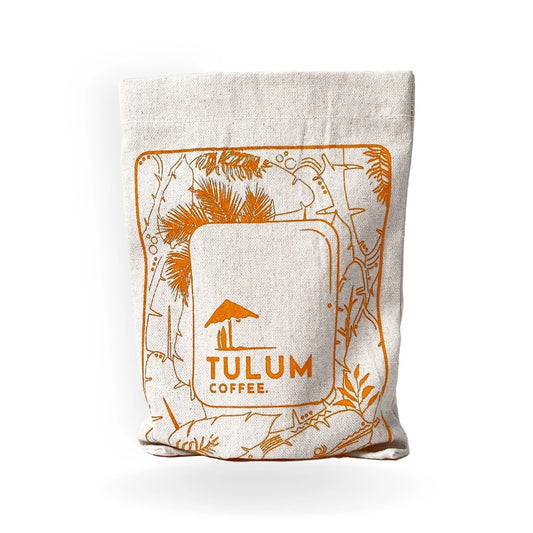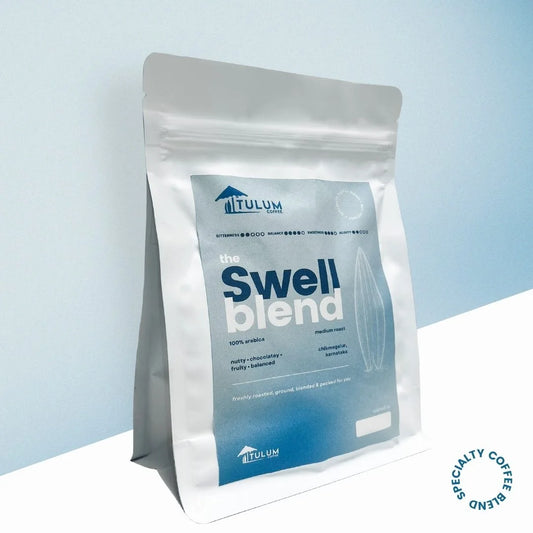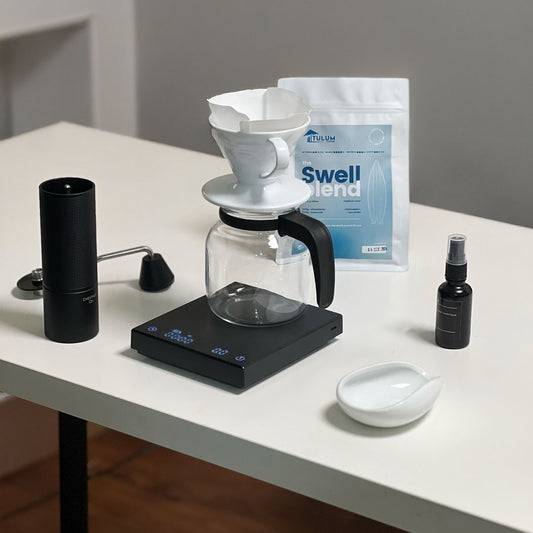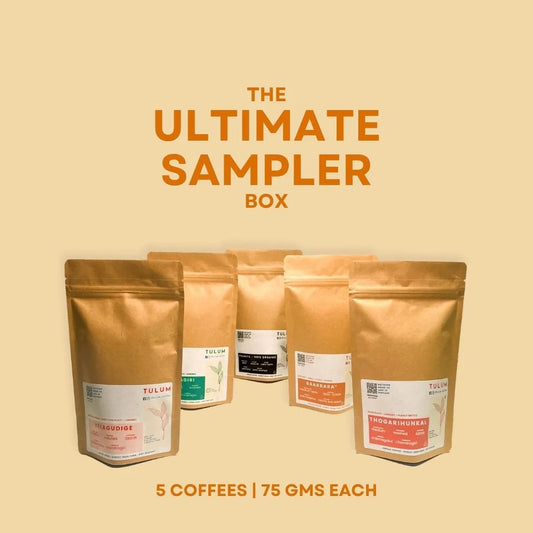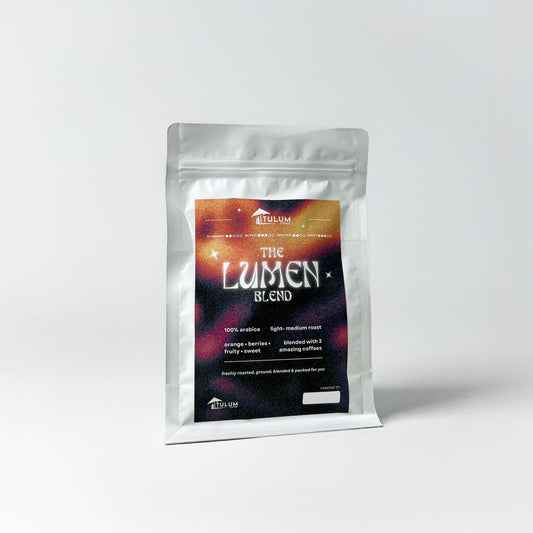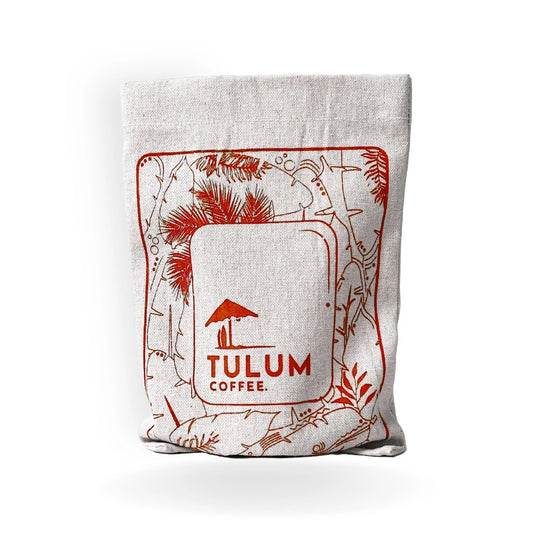How Different Roast Profiles and Post-Harvest Processes Impact Coffee Flavour
Share
Coffee is more than just a morning pick-me-up; it's a complex beverage that can be influenced by a multitude of factors. Two significant contributors to the final flavour of your cup of joe are the roast profile and the post-harvest processing method. In this article, we'll dive into the world of coffee flavour, exploring how various roast profiles (light, medium, dark) and post-harvest processes (washed, naturals, honey) shape the taste that tantalises our taste buds.
Introduction
Coffee enthusiasts know that every cup tells a story. From the moment coffee cherries are picked to the time the brewed coffee touches your lips, a symphony of flavours unfolds. But the journey of flavour creation starts long before the beans are ground. It begins with the roasting process.
The Art of Roasting

Understanding Roast Profiles
Roasting is a craft that transforms green coffee beans into the aromatic brown beans we recognise. Roast profiles, often divided into light, medium, and dark, determine not only the bean's colour but also its flavor, acidity, and body.
Light Roast: Embracing Brightness
Lightly roasted beans retain much of their original characteristics. They boast high acidity, floral and fruity notes, and a delicate body. The shorter roasting time preserves the unique attributes of the coffee's origin.
Medium Roast: Finding Balance
Medium roasts strike a balance between the original flavours and roasting characteristics. With a slightly darker colour, medium roasts offer a nuanced flavour profile with a blend of acidity, body, and roast-driven notes.
Dark Roast: A Bold Affair
Dark roasts are known for their boldness and intense flavours. The extended roasting time brings out rich, smoky, and caramelised taste notes. However, much of the bean's original characteristics are overpowered by the roast.
Tulum Coffee Offers a variety of roast levels from light to dark roasts.
Post-Harvest Processing: Unveiling Distinctiveness
Washed Process: Crisp and Clean

The washed process involves removing the coffee cherry's skin and pulp before drying the bean. This method often results in a cleaner cup with bright acidity and floral or citrusy notes that exemplify the bean's origin.
Natural Process: Fruity and Winey

In the natural process, the entire cherry is dried before the bean is extracted. This imparts a fruity, sweet, and full-bodied flavour to the coffee. The process is celebrated for its unique and intense profiles.
Honey Process: Sweet Complexity

The honey process is a middle ground between washed and natural. The cherry's skin is removed, but some of the sticky fruit remains, leading to a sweeter and more complex flavour. The result is often a harmonious blend of attributes.
Tulum Coffee Offers a variety of Processes from Naturals, washed to honey
To read more about the process from coffee cherry to cup click here.
The Flavor Dance: Roast and Process Interplay
The interaction between roast profiles and post-harvest processes creates intriguing flavour combinations.
Light Roast + Washed Process
When a light roast is paired with the washed process, the result is a vibrant cup with high acidity and pronounced floral and citrus notes.
Medium Roast + Natural Process
A medium roast combined with the natural process yields a coffee with balanced acidity and a strong fruity and sweet presence.
Dark Roast + Honey Process
Dark roasts partnered with the honey process offer a bold and complex flavour profile. The roast's intensity harmonises with the honey's sweetness.
Factors Influencing Flavor
Coffee flavour isn't solely a result of roast and process; external factors play a role too.
Altitude: A High Difference
Coffee beans grown at higher altitudes often develop more intricate flavours due to the slower maturation process and reduced oxygen levels.
Climate: Nature's Touch
The climate of the coffee-growing region influences factors such as soil quality, rainfall, and temperature, all of which impact flavour development.
Bean Variety: Diverse Beginnings
Different coffee bean varieties, such as Arabica and Robusta, possess distinct flavor profiles that are retained even after roasting.
Brewing the Perfect Cup: A Harmonious Fusion
Brewing methods can either highlight or overshadow the complexities created by roast profiles and processes. Experimentation is key to finding the perfect balance.
Embracing Your Preferences
Appreciating coffee is subjective. Whether you enjoy the brightness of a light roast or the robustness of a dark roast, there's a coffee flavour profile that suits your palate.
The Global Coffee Landscape
Around the world, diverse cultures and regions contribute to the rich tapestry of coffee flavours. Exploring different beans and preparation methods can be a delightful journey of discovery.
Conclusion
Coffee's flavour is a result of a delicate dance between roast profiles and post-harvest processes. From the floral notes of a light roast to the intense complexities of a honey-processed bean, each sip offers a glimpse into the world of coffee's diverse flavours. So, the next time you savour your cup of coffee, take a moment to appreciate the meticulous craftsmanship and natural processes that brought it to life.
FAQs
What is the best coffee roast for a strong flavour?
- The dark roast is generally preferred for a strong and bold flavour profile.
How does the post-harvest process affect coffee's acidity?
- The post-harvest process can either enhance or mellow the acidity, depending on the method used.
Can roast profiles compensate for lower quality beans?
- While roast profiles can influence the flavour, they cannot fully compensate for poor-quality beans.
Are certain roast profiles better suited for specific brewing methods?
- Yes, light roasts are often preferred for methods like pour-over, while dark roasts are popular for espresso.
Where can I find resources to learn more about coffee roasting at home? You can find online communities, courses, and books.
